A journey through ritual and culinary delights
Navratri, one of the most significant festivals in Hindu culture, is a nine-night celebration dedicated to the goddess Durga. This vibrant festival is observed with immense devotion, joy, and cultural exuberance across India and by Indian communities worldwide. Each day of Navratri is dedicated to a different form of the goddess, offering a unique opportunity for religious observance, cultural expression, and delicious culinary delights.

As you prepare to celebrate Navratri, join us at Karara Foods in exploring the various aspects of this auspicious festival—its rituals, significance, and, most importantly, the mouthwatering foods associated with each day.
“Navratri is a celebration of the goddess within us—her strength, grace, and power.”
-Unknown
Day 1: Shailputri – The Goddess of the Mountain
The first day marks the worship of Shailputri, the daughter of the mountains. Devotees often commence fasting, embracing simple yet satisfying meals. Traditionally, many begin with a breakfast of Sabudana Khichdi (tapioca pearls stir-fried with peanuts and spices) or a bowl of fresh fruit. Offerings of milk and honey are central to the rituals, symbolising purity and abundance. Karara has often produced these dishes and has also done spectacular melon carving with the fruit.
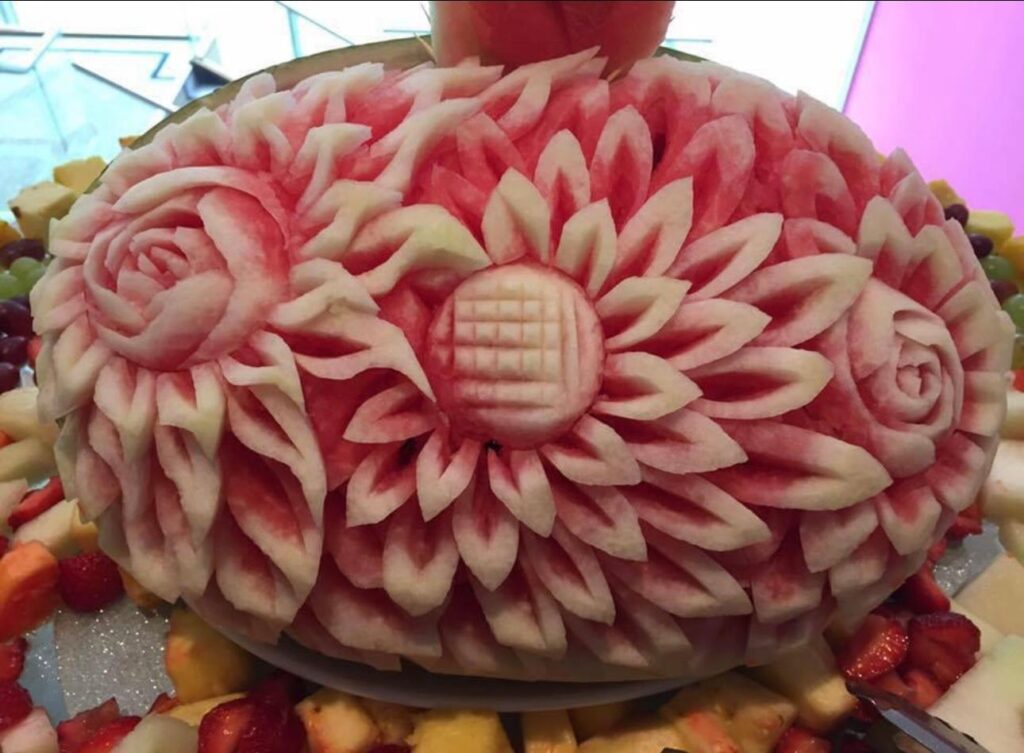
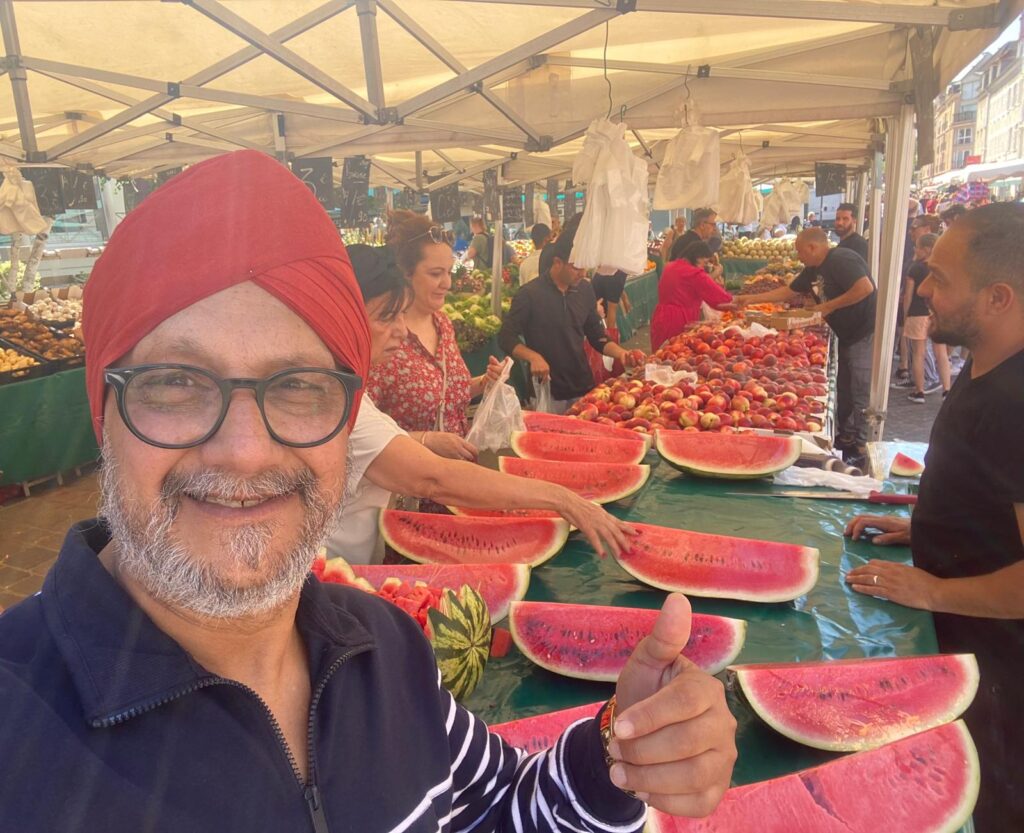
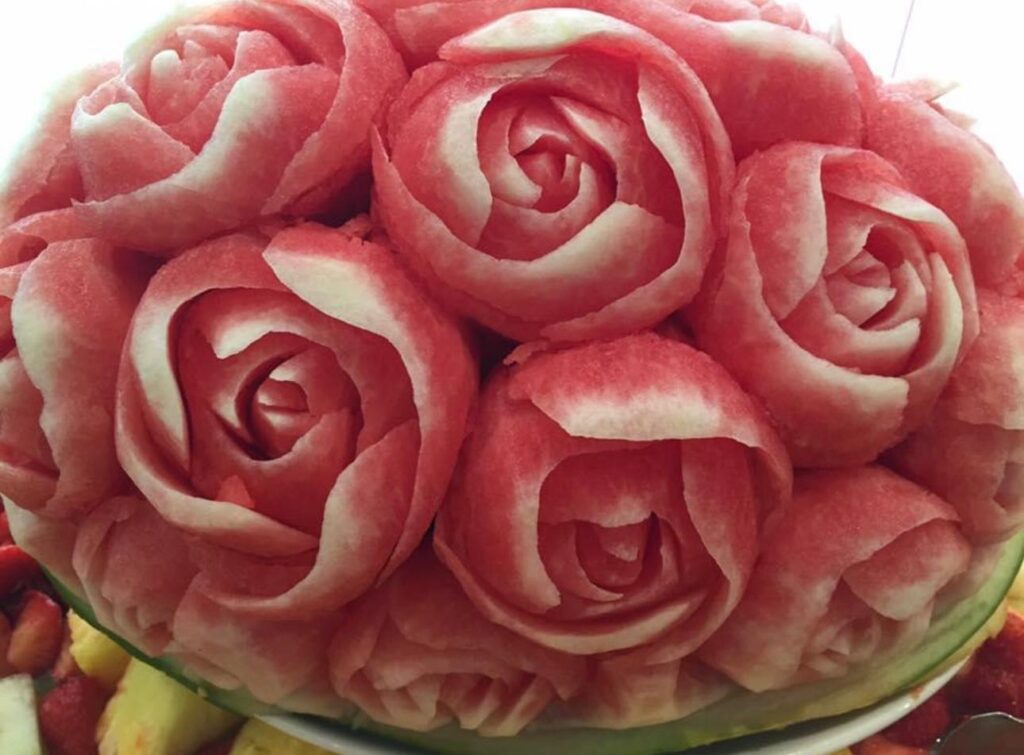
Day 2: Brahmacharini – The Goddess of Knowledge
On the second day, devotees honor Brahmacharini, representing the pursuit of knowledge. Foods on this day often include Kuttu (buckwheat) flour dishes, such as Kuttu ki Roti paired with aloo (potatoes), or Sabudana Vada. Preparing special sweets like Singhare ke atte ke Ladoo (water chestnut flour balls) is also a beloved offering.
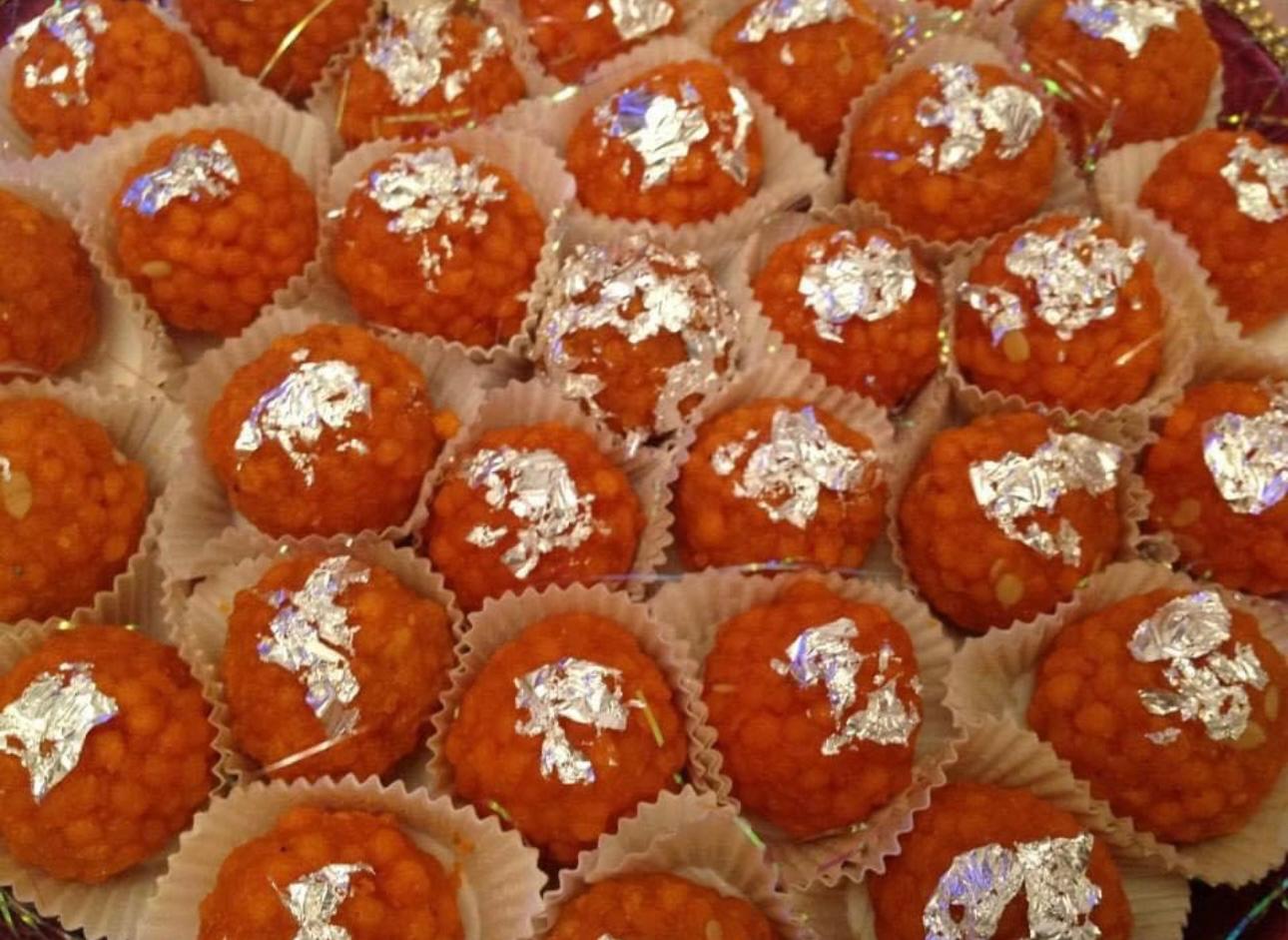

Day 3: Chandraghanta – The Goddess of Peace
Chandraghanta, the third form of Durga, symbolises the courage and strength of a warrior. Navratri devotees often indulge in rich, flavourful dishes like Rajgira (amaranth) flour pancakes served with a spicy chutney or coconut and jaggery-filled Kaddu (pumpkin) Kheer. Rituals include lighting lamps and incense to invoke peace and harmony.
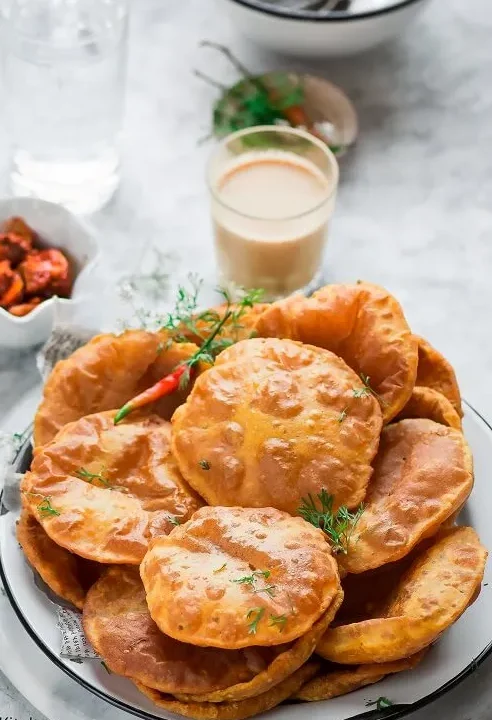
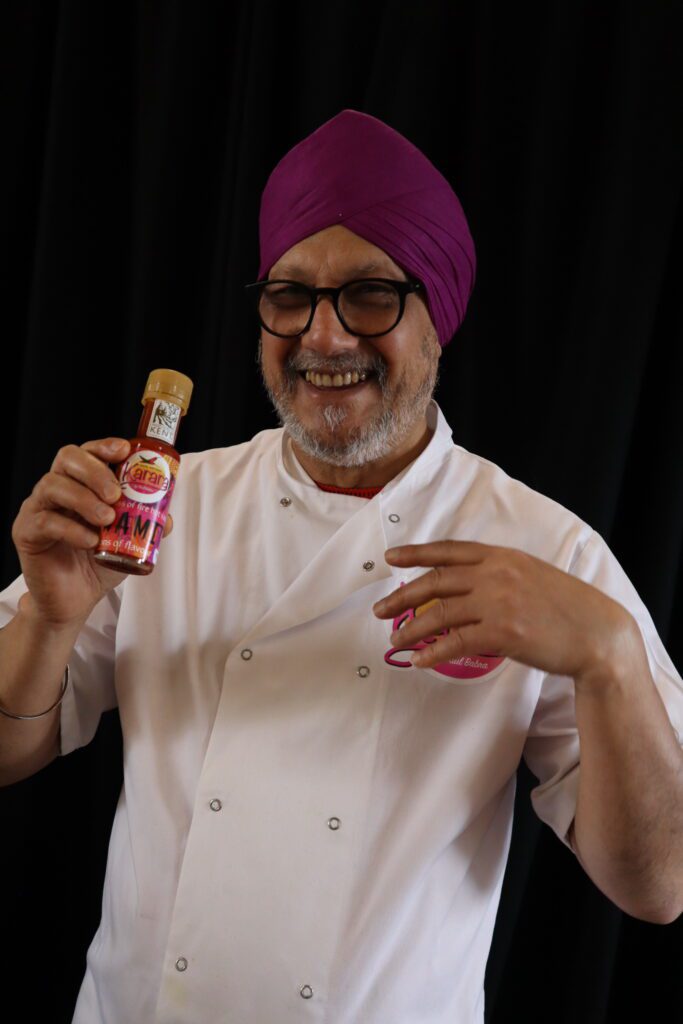
Day 4: Kushmanda – The Goddess of Prosperity
Kushmanda is revered on the fourth day, symbolising abundance and prosperity. This day sees an array of colourful fruits and fresh vegetables used in various dishes. Popular foods include Aloo-Tamatar ki Sabzi and an assortment of nuts, representing nutritional richness. Fasting may include Vrat ke Dhokla, made from besan (gram flour) and often garnished with fresh coriander.
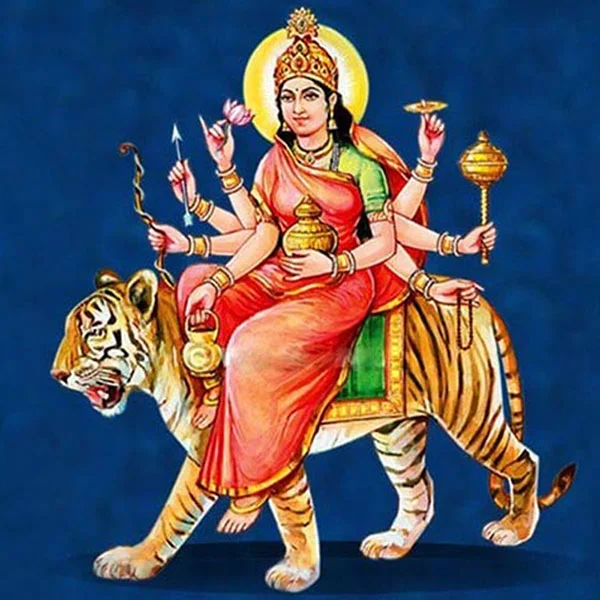

Day 5: Skandamata – The Goddess of Wisdom
As Skandamata is celebrated on the fifth day, her devotees often focus on seeking wisdom and inner strength. Many enjoy dishes made from banana flour (kela). Unique delicacies, such as Banana Lassi or Kela Wali Sabzi, brighten meals. Rituals usually involve chanting, meditation, and the offering of flowers, fruits, and sweets to the goddess.
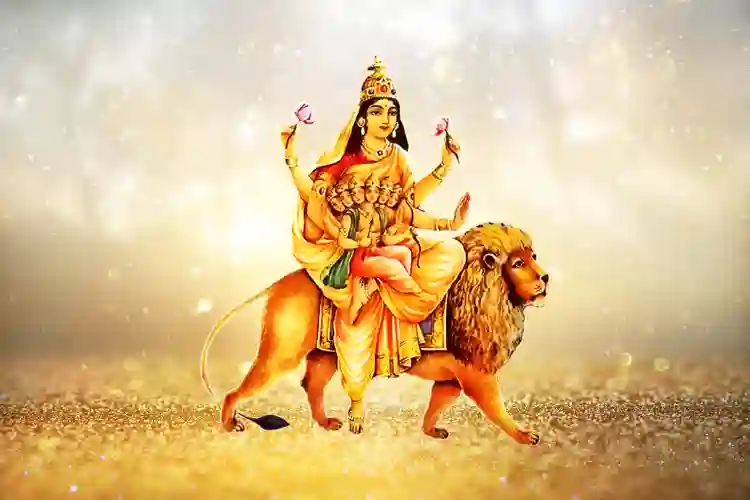
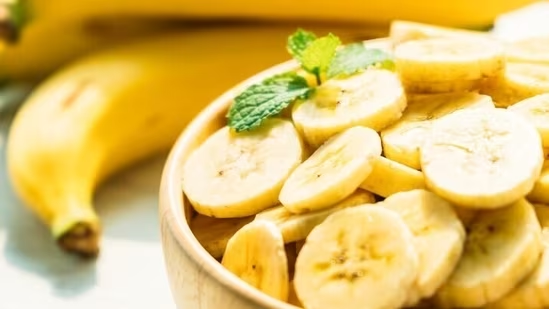
Day 6: Katyayani – The Warrior Goddess
The sixth day celebrates Katyayani, the goddess of valour, and is one of the most significant days of Navratri. Foods on this day can be more indulgent, with spicy Chandni Daal (lentil soup) served with Singhade ki Puri (water chestnut flour puris). Offerings to the goddess during rituals frequently include ghee-laden dishes and an elaborate pooja with flowers, fruits, and sweets.
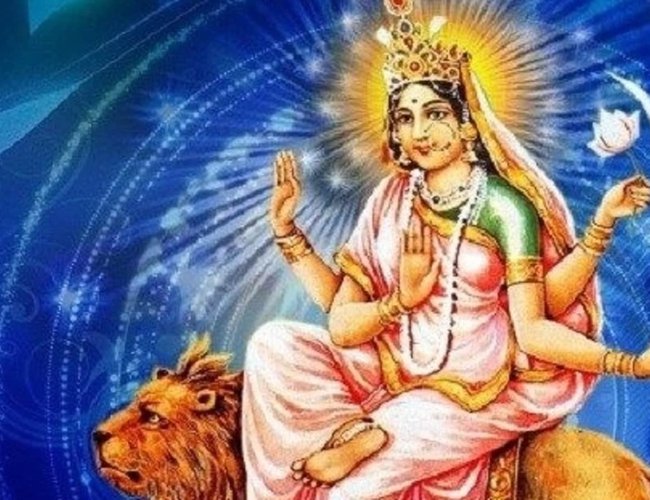
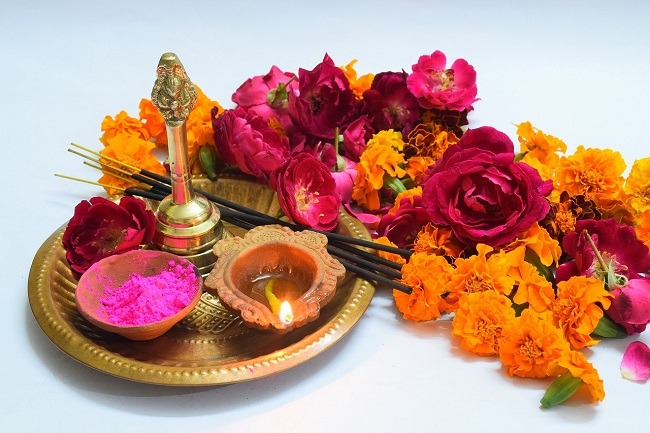
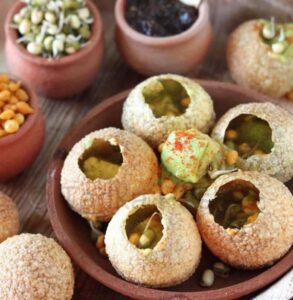
Day 7: Kaalratri – The Goddess of Dissolution
The seventh day honors Kaalratri, the fierce form of Durga, known for destroying negativity. Devotees may prepare a simple yet hearty meal of Khichdi (a savoury dish made with rice and lentils), rich in nutrients and comfort. Rituals often include lighting a fire or diya with offerings of jaggery and sweets, symbolising the dispelling of darkness.
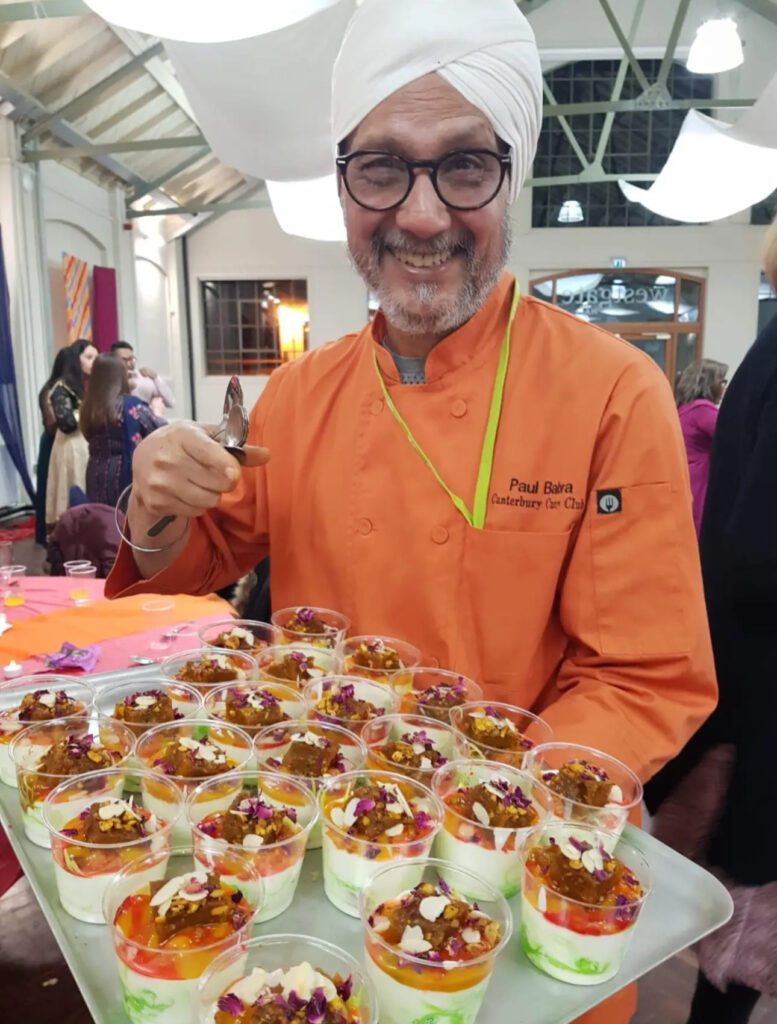
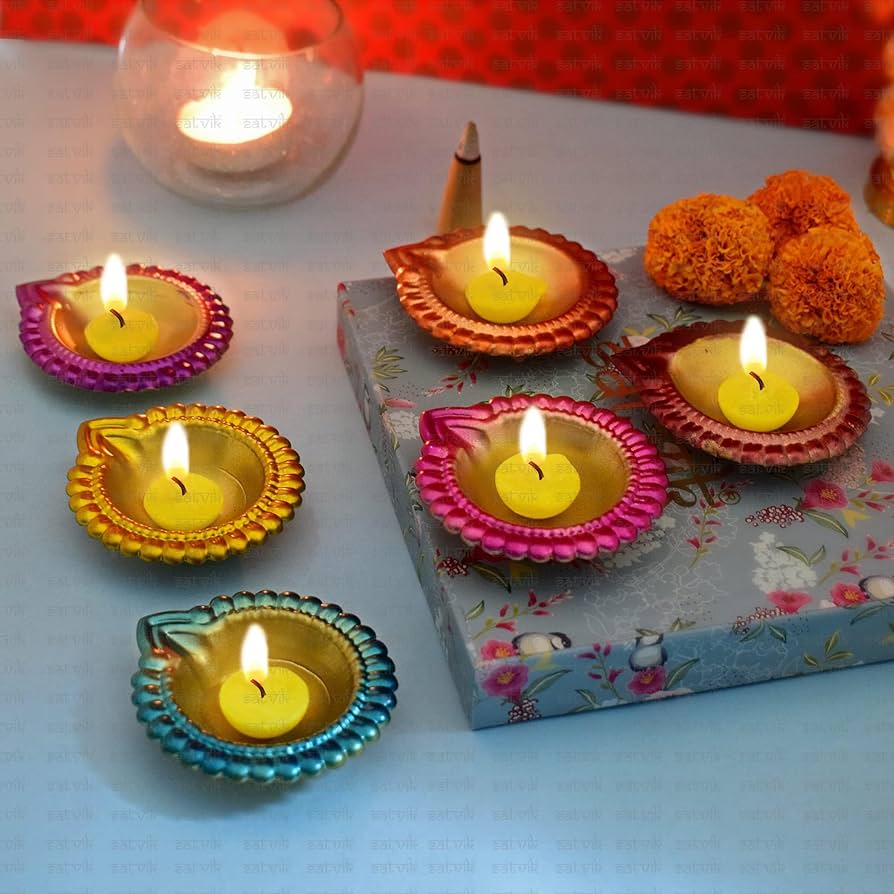
Day 8: Mahagauri – The Goddess of Purity
On the eighth day, Mahagauri represents purity, and followers typically indulge in dishes prepared with white foods, including coconut, milk, and sugar. Dishes like Coconut Ladoo or Kheer are commonly offered to the goddess. As the night approaches, devotees participate in Garba and Dandiya, traditional dances that encapsulate the spirit of Navratri.
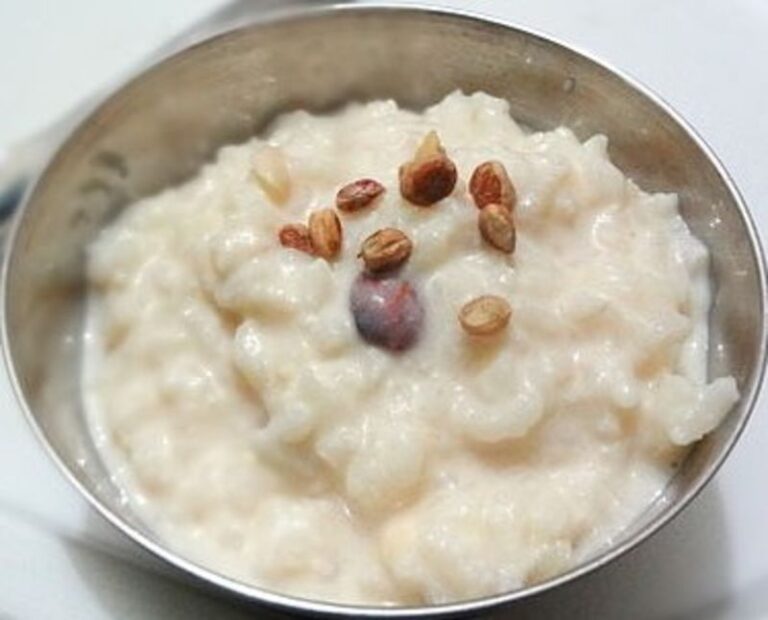
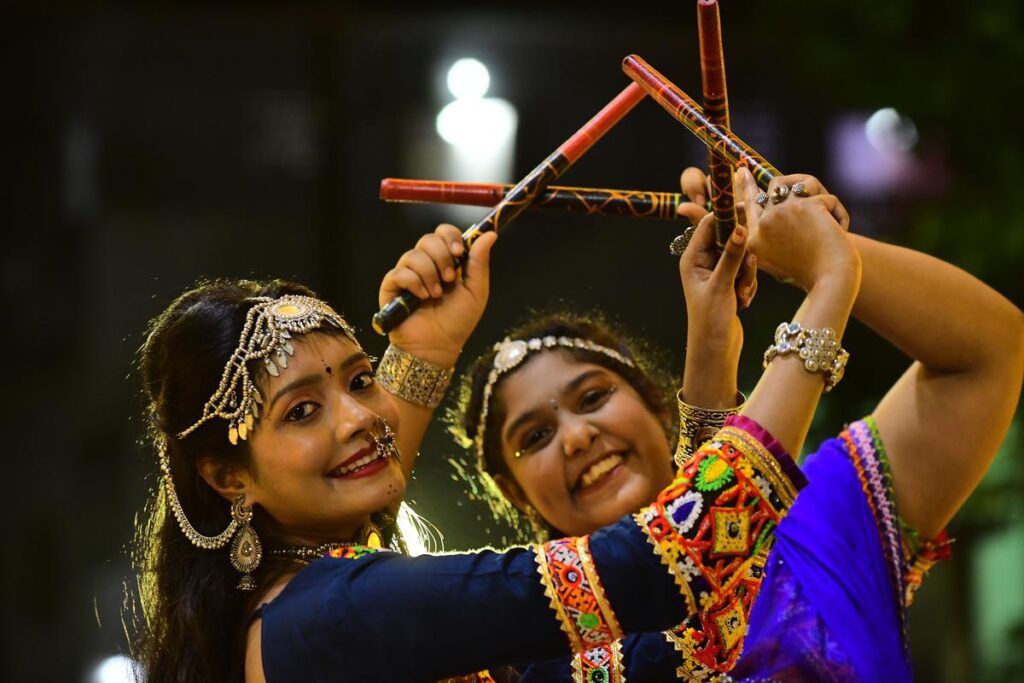
Day 9: Siddhidatri – The Goddess of Accomplishments
The final day celebrates Siddhidatri, representing spiritual accomplishment. This day is a culmination of prayer and thanksgiving, traditionally marked with rich dishes like Paneer (cottage cheese) prepared in various styles and sweets like Besan Ladoo. Rituals often include reflection on spiritual growth and sharing meals with friends and family, emphasising unity and abundance.
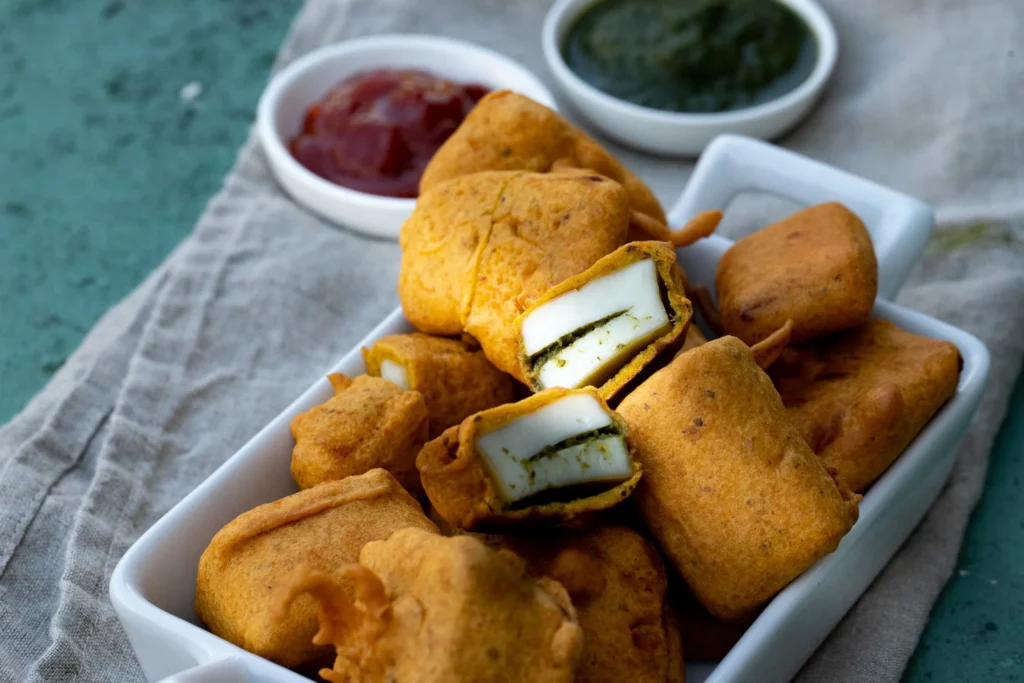
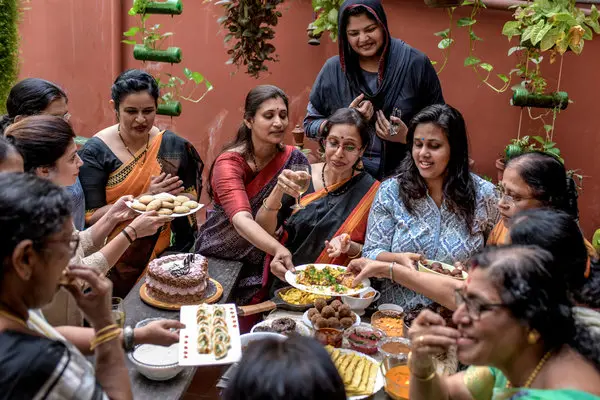
beautiful tapestry of celebration. Each day offers a unique glimpse into the diverse aspects of Hindu tradition, honouring the divine feminine through rituals and delectable foods that nourish both the body and spirit.
As we embrace the vibrant colours and joyous sounds of Navratri, it’s essential to remember that the essence of this festival lies in community and togetherness. Sharing meals, participating in rituals, and engaging in cultural practices strengthen our bonds and create cherished memories.
Wishing everyone a joyous and prosperous Navratri filled with blessings, happiness, and, of course, delicious food! Let’s celebrate the goddess within us all as we embark on this spiritual journey together.
